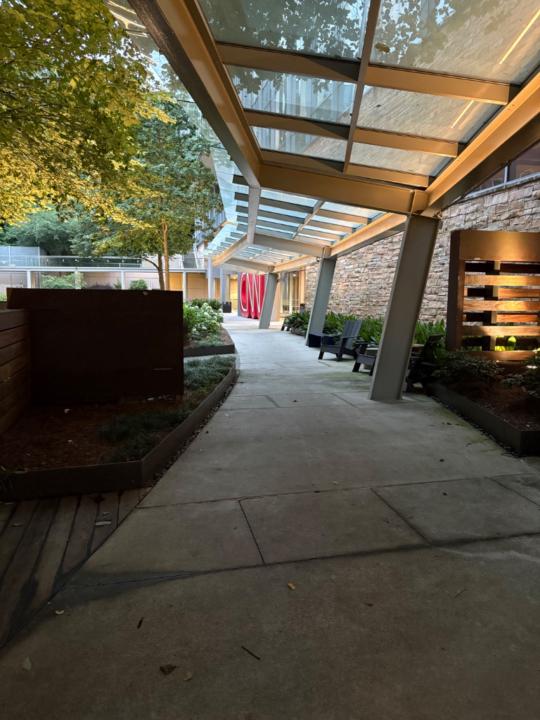Activity
Mon
Wed
Fri
Sun
Jan
Feb
Mar
Apr
May
Jun
Jul
Aug
Sep
Oct
Nov
Dec
What is this?
Less
More
Memberships
DDT Method
117 members • $10/m
EB
ELEVATE BIOHACKING
67 members • Free
Castore: Built to Adapt
534 members • Free
22 contributions to Castore: Built to Adapt
ATX-304
Whose used this? I have some, running 200mg a day, deffo sweat a bit more during cardio, if I combine it with SLU I get a noticeable increase in body temp. Not sure on dosing as see people saying once per day, multiple times etc. Anyone got experiences and share what they have found?
2 likes • 7d
Dosing wise, Ive seen it as low as 50mg to 400mg per day. My plan over the next 6 - 8 weeks is to run this 4 days a week on rest/recovery/cardio days & maybe a lower intensity workout day starting at 100mg and titrating up to 400/500mg - the trials used 1g ( the caveat being these were metabolically challenged people some with Type 2 - which i am not) Besides low dose Reta 2 mg a week and SS 31, I will not run any other compound so that I can be certain of its effects. @Anthony Castore mentioned that too many signals from polypharmacy can confuse and overload.
PEMF...Apollo Neuro vagus nerve stimulator
Anthony has a great Instagram post giving a nice summary of PEMF applications. I start my day with 30-45minutes on my Healix Revive PEMF mat (also do box breathing and nasal breathing during this time, add in redlight devices and turn on my skylab 10,000lux light to get my circadian rhyms going). I drink my hydrogen water during this time and do mitochondrial peptides well (Ss-31and/or Mots-c), then i do fasted cardio. I end my day with the PEMF mat and red light on the body parts I've trained. Sleep and overall nervous system function has neen amazing since starting this routine. I have an Apollo Neuro vagus nerve stimulator that I wear all day and while sleeping. It's got some really great programs for energy, calming, focus, sleep and even a power nap program. Has anyone else used these devices? I would love to hear input on application and experience. I workout 2-4x per day (strategically planned) and I feel great every day. I do have a full-time (and then some) job and have found the PEMF and Apollo Neuro to have made a dramatic improvement in energy, recovery, mood and overall performance in the gym and work/life. I love toys - any recommendations on use or other toys to stack I would love to hear about. My latest purchase was the Chroma Iron Forge Redlight device (1joule/sec fluence rating - game changer for red light therapy). I look forward to learning from everyone.
SS-31dosing
I just got some and would like to know what a good starting dose is as a general mitochondrial dose.
1 like • Nov 8
I may be the outlier here - I dosed SS 31 all the way from 1mg to 30mg - I notice the best effects at 10mg +. In fact on rest/recovery days I routinely take 20mg + so 60mg - 90mg a week total. Price may be a limiting factor here, however as stated above the best benefits with SS 31 are found at a higher dosing range.
ATX 304
@Anthony Castore you mentioned this in the last Q&A and I was curious if this is coming here on this platform or elsewhere because I’m very curious 🧐 to hear your input.
Daily MOTS-c?
Has anyone had any experience with daily, or pre training lower (1-2mg) doses of MOTS-c? If we’re looking at genomic (chronic) and non genomic (acute) actions, and MOTS-c has some pretty cool acute effects, wouldn’t we want to take advantage of that stimulation frequency?
1-10 of 22






